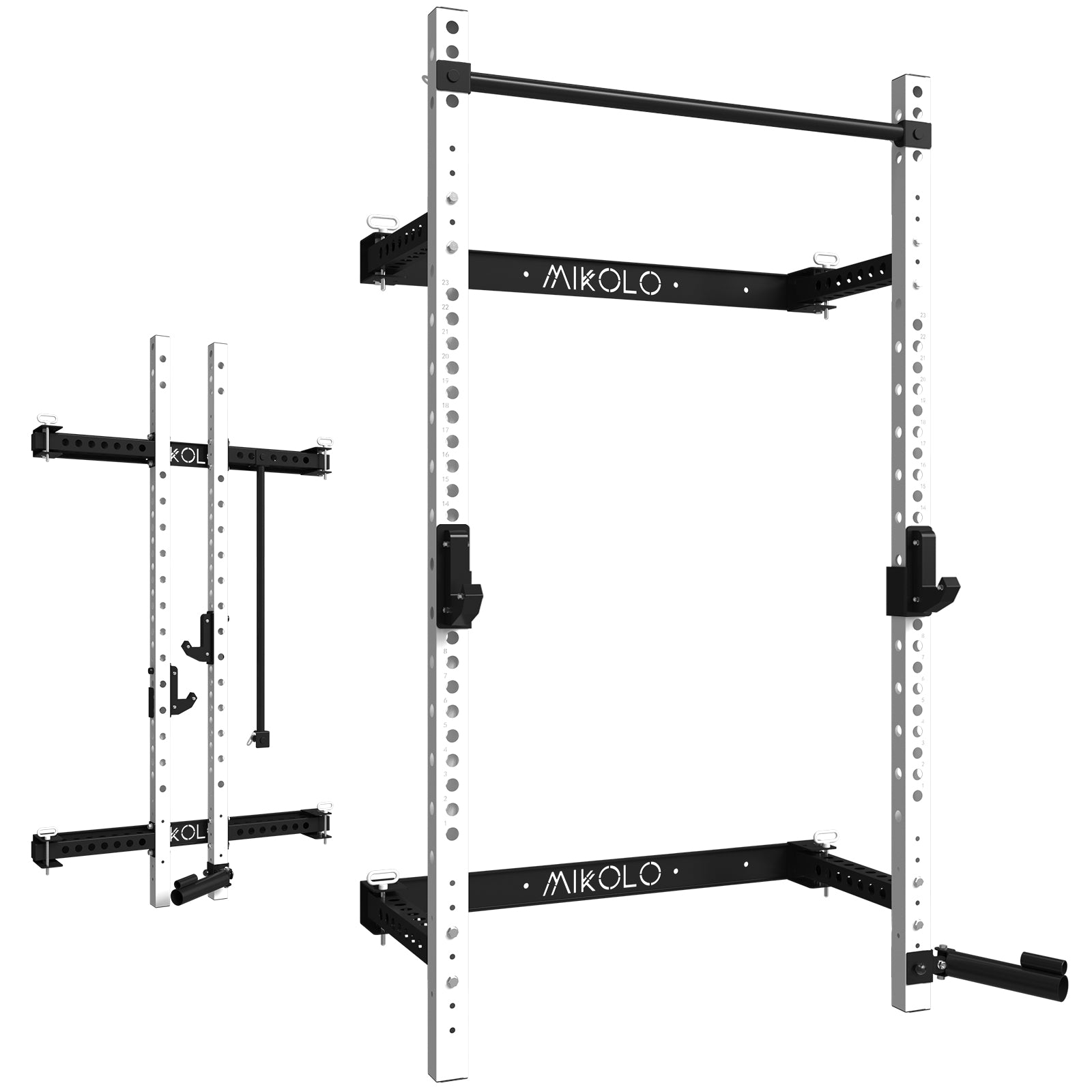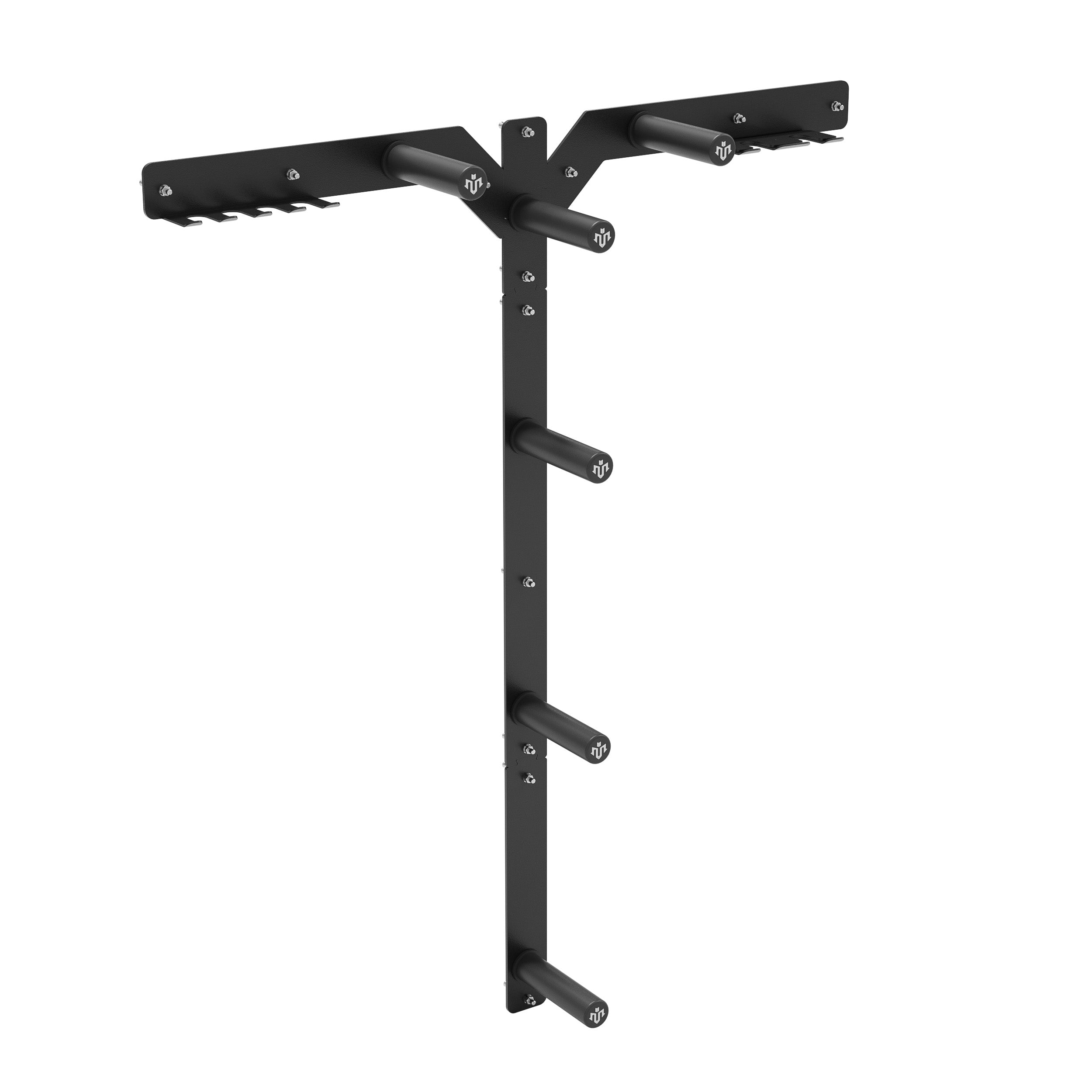Leg‐press machines offer a controlled way to build lower‐body strength, but they aren’t always accessible—and they can neglect aspects of balance, stability and functional movement. Whether you’re working around gym limitations, avoiding repetitive loading patterns, or simply craving variety, these proven substitutes target the same muscle groups without the need for a leg‐press sled.
Why Seek Alternatives?
-
Equipment Constraints: Not every facility—or home gym—has a leg‐press machine.
-
Functional Carryover: Free-weight movements often translate better to real-world strength and athletic performance.
-
Balanced Development: Single-leg and free-stance exercises help correct asymmetries and build stability.
Key Muscles to Target
Most alternatives will engage:
-
Quadriceps: Knee extension and load-bearing (e.g., squats, lunges).
-
Glutes & Hamstrings: Hip extension and posterior‐chain drive (e.g., deadlifts, bridges).
-
Stabilizers: Core, adductors and abductors for balance.
Top Leg Press Substitutes
1. Barbell Back Squat
Why it works: Mimics the vertical loading of a leg press, with added demand on core stability.
-
Execution: Place a barbell across your upper traps, feet shoulder-width apart. Sit back as if lowering onto a chair, keeping knees aligned over toes.
-
Tip: Depth should be to at least parallel; drive through the mid-foot.
2. Bulgarian Split Squat
Why it works: A unilateral move that increases hip and knee extensor demand, improving balance.
-
Execution: Stand lunge-style with rear foot elevated on a bench. Lower until front thigh is parallel to the floor, then press back up.
-
Tip: Keep torso upright and core braced; adjust front-foot distance to manage knee stress.
3. Goblet Squat
Why it works: Offers squat mechanics with minimal load and simpler setup—ideal for beginners.
-
Execution: Hold a kettlebell or dumbbell at chest level, feet hip-width. Squat by pushing hips back, knees tracking toes.
-
Tip: Squeeze your glutes at the top to reinforce hip extension.
4. Step-Ups
Why it works: Emphasizes quadriceps and glutes in a functional, single-leg pattern.
-
Execution: Step onto a bench or box with one leg, drive through the heel to lift your body, then lower under control.
-
Tip: Keep plank-tight posture; use a height that allows for a full 90° knee bend.
5. Hack Squat (Free-Weight or Smith Machine)
Why it works: Replicates the sled’s back support while still requiring free-weight stabilization if done with a barbell behind the legs.
-
Execution: With barbell behind calves, stand on toes, lower by bending knees until hamstrings touch bar lightly, then press up.
-
Tip: Control descent to avoid knee strain; maintain a neutral spine.
6. Sled Push or Drag
Why it works: Drives heavy loads through full-body coordination, challenging quads and glutes while boosting conditioning.
-
Execution: Load the sled, assume a low athletic stance, and push (or harness-drag) across the floor.
-
Tip: Keep movement steady and deliberate—avoid bouncing or excessive trunk lean.
7. Belt Squat
Why it works: Loads the hips and legs without spinal compression, ideal for those with back sensitivities.
-
Execution: Attach a belt-squat harness to a weighted sled or plates; squat with weight suspended at hips.
-
Tip: Focus on a controlled descent and full hip drive, just as you would in a barbell squat.
8. Glute Bridge & Hip Thrust
Why it works: Targets glutes and hamstrings in isolation, complementing quad-dominant moves.
-
Execution: Lie supine with feet flat; lift hips by driving through heels until torso aligns with thighs. For greater load, place a barbell across hips.
-
Tip: Pause and squeeze at the top to maximize glute engagement.
Programming Your Alternatives
-
Pair Bilateral & Unilateral: For example, back squats (4×6–8) followed by Bulgarian split squats (3×8–10 per leg).
-
Adjust Intensity: Increase load, reduce rest or add tempo variations (e.g., a 3-second downward phase).
-
Frequency & Recovery: 1–2 lower-body sessions per week, ensuring 48–72 hours between heavy leg days.
-
Progressive Overload: Track load, reps or depth improvements week to week.
Safety & Form Reminders
-
Warm Up Thoroughly: Include dynamic hip swings, body-weight squats and calf raises.
-
Maintain Knee Alignment: Avoid knees collapsing inward—track them in line with the second toe.
-
Core Bracing: Support lumbar spine by engaging the core before each rep.
-
Listen to Your Body: Modify depth, load or stance width if you experience discomfort.
Conclusion
Incorporating a variety of leg-press alternatives not only overcomes equipment barriers but also enhances functional strength, muscular balance and long-term joint health. By blending bilateral lifts, unilateral drills and hip-focused movements, you’ll build a resilient lower body that performs on the platform—and in everyday life.










































Leave a comment
This site is protected by hCaptcha and the hCaptcha Privacy Policy and Terms of Service apply.